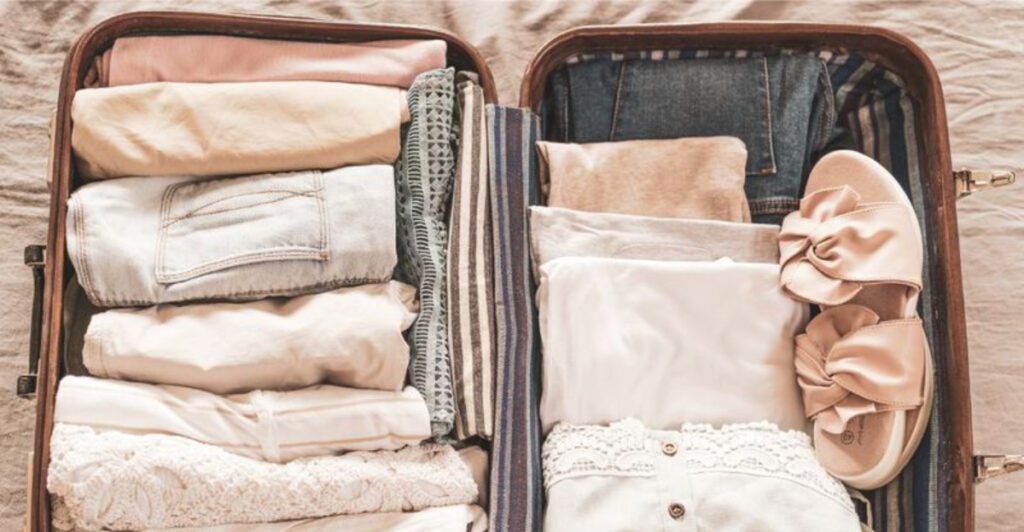Planning a European adventure but worried about what to pack? Smart packing can make or break your trip across the pond. Experienced American travelers have learned the hard way what works and what doesn’t when exploring everything from bustling London streets to charming Italian villages. These proven strategies will help you travel lighter, smarter, and more comfortably.
1. Choose the Right Luggage
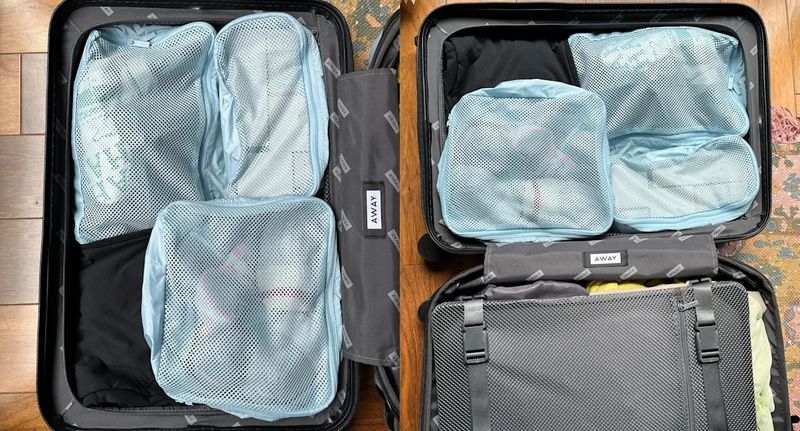
Your luggage choice sets the tone for your entire European adventure. A 35-45 liter backpack or quality carry-on suitcase becomes your best travel companion, helping you dodge those expensive checked baggage fees while speeding through airports.
Packing cubes transform chaos into organization magic. These lightweight fabric containers compress your clothes and create separate compartments for different items.
Seasoned travelers swear by this system because it lets you find anything instantly without unpacking everything. Your future self will thank you when you’re living out of a suitcase for weeks.
2. Check the Weather & Pack Layers
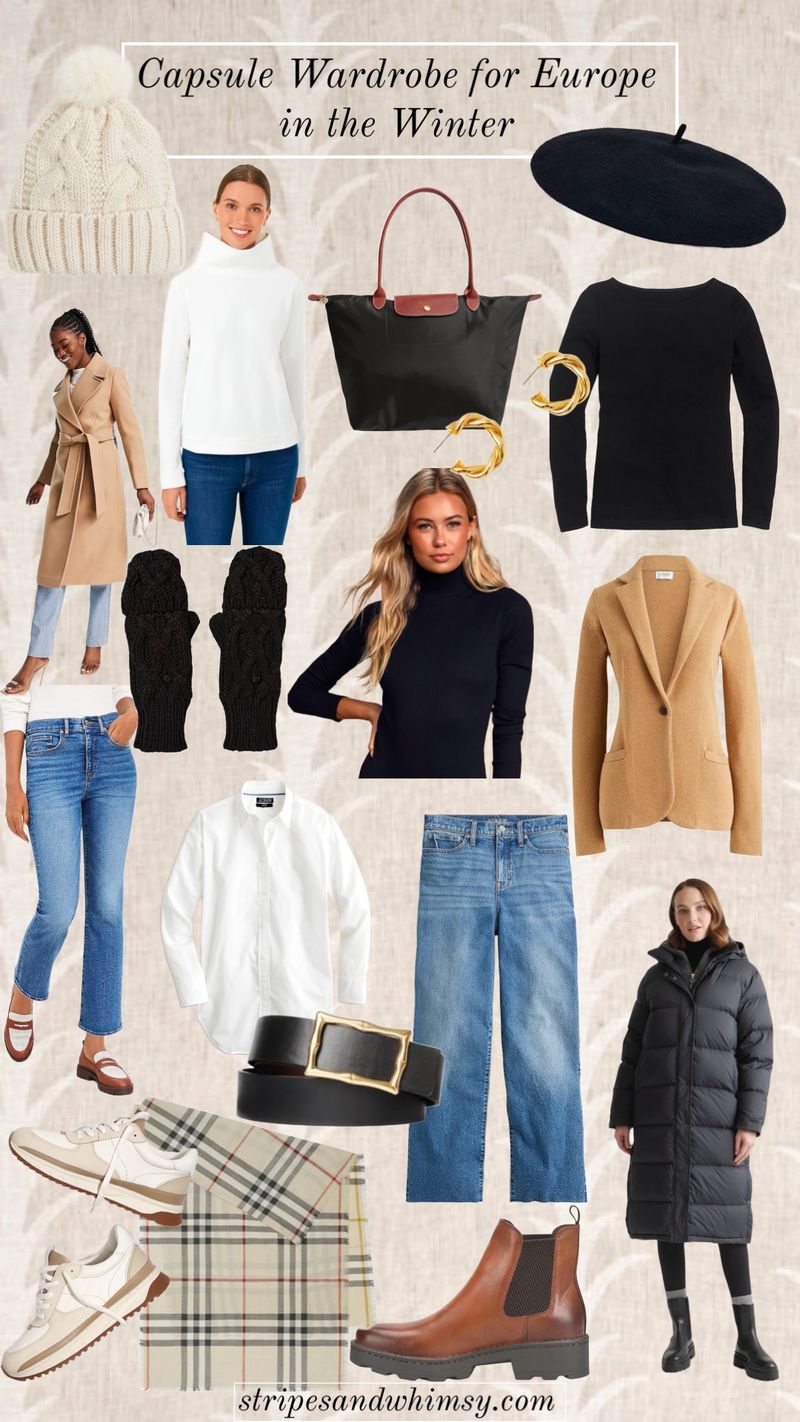
European weather plays by its own rules, changing faster than you can say “croissant.” London might greet you with drizzle while Rome basks in sunshine, sometimes on the same day.
Smart layering becomes your secret weapon against unpredictable climates. A lightweight jacket, versatile scarf, and quality sweaters create endless outfit combinations while keeping you comfortable.
Research each destination’s seasonal patterns before you pack. Spring in Paris demands different preparation than summer in Barcelona. Layers let you adapt quickly without carrying a massive wardrobe across cobblestone streets.
3. Comfortable Walking Shoes Are a Must
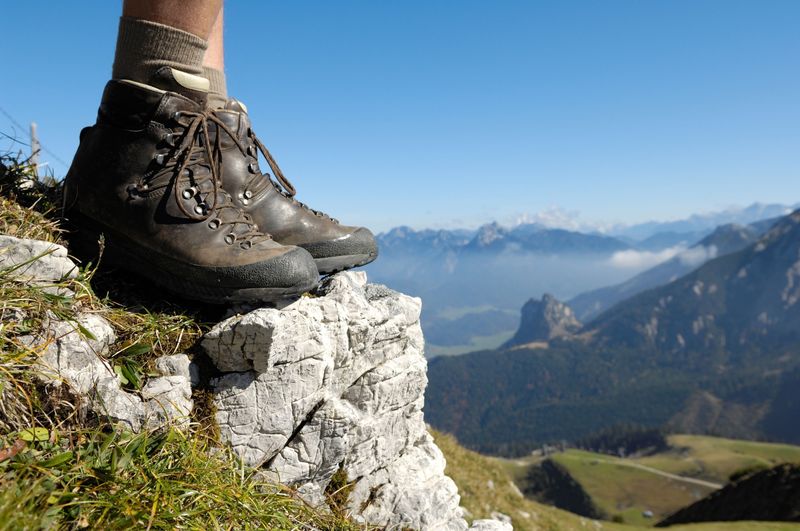
European cities weren’t designed for modern footwear, and your feet will remind you daily. Cobblestone streets, endless museum corridors, and steep castle steps demand serious shoe strategy.
Pack two pairs maximum: stylish sneakers for everyday exploration and waterproof boots for rainy days or challenging terrain. Breaking in new shoes during your vacation ranks among travel’s worst mistakes.
Blisters can transform dream destinations into painful ordeals. Experienced travelers wear their chosen shoes for weeks before departure, ensuring comfort during those inevitable 15,000-step days exploring ancient cities and charming neighborhoods.
4. Limit Yourself to a Neutral Color Palette

Fashion math becomes simple when you stick to timeless neutrals like black, navy, gray, and white. Every piece coordinates effortlessly, creating multiple outfit combinations from minimal items.
Rolling clothes instead of folding maximizes precious suitcase space while preventing wrinkles. This technique lets you pack more versatile pieces without exceeding weight limits.
Neutral colors hide travel stains better and photograph beautifully against European backdrops. You’ll look put-together in every Instagram shot while carrying half the clothes you originally planned. Smart travelers know that less truly becomes more when colors work together seamlessly.
5. Pack Versatile Clothing

Versatility transforms your suitcase into a magic wardrobe where every piece works overtime. A midi dress transitions seamlessly from morning sightseeing to elegant dinner, while quality jeans pair with everything from casual tees to dressy blouses.
Men benefit from chinos and collared shirts that work for both daytime exploration and upscale restaurants. A lightweight blazer elevates any outfit for those special European dining experiences.
Choose pieces that multitask brilliantly. Your clothing should adapt to different occasions without requiring complete outfit changes, letting you pack lighter while always looking appropriate for any European adventure.
6. Don’t Forget a Crossbody Bag or Money Belt
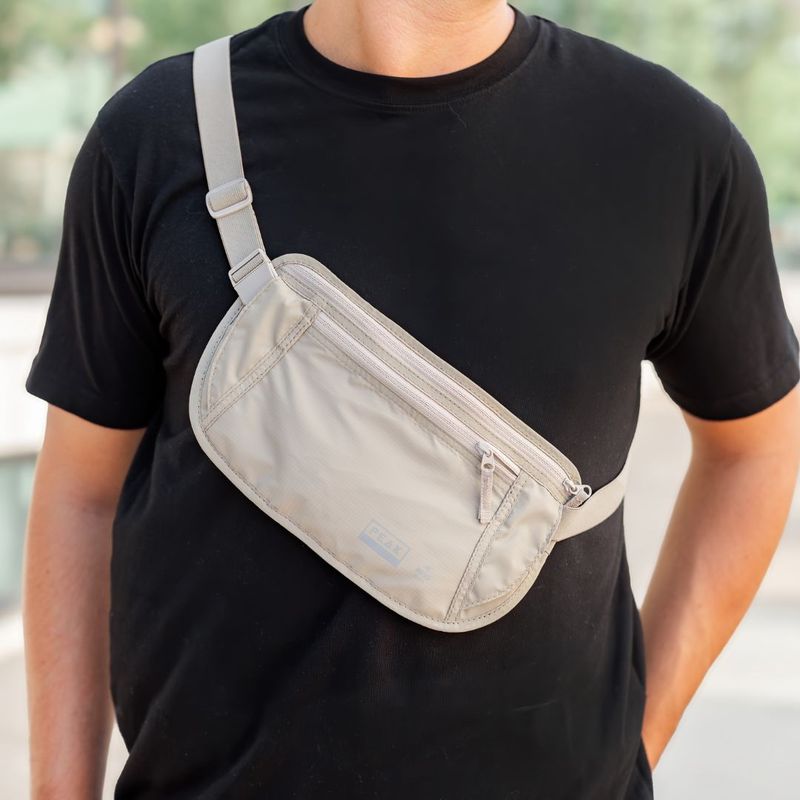
Pickpockets consider tourists easy targets, especially in crowded European hotspots like Barcelona’s Las Ramblas or Rome’s Colosseum area. Your valuables need fortress-level protection during busy sightseeing days.
Crossbody bags keep essentials secure while leaving hands free for photos, maps, and gelato. Money belts offer invisible protection for passports, extra cash, and backup cards.
Experienced travelers never advertise wealth or vulnerability. Keep expensive jewelry at home and distribute money across multiple hiding spots. A good crossbody bag becomes both fashion statement and security system, letting you explore confidently without constantly worrying about your belongings.
7. Bring a Universal Power Adapter
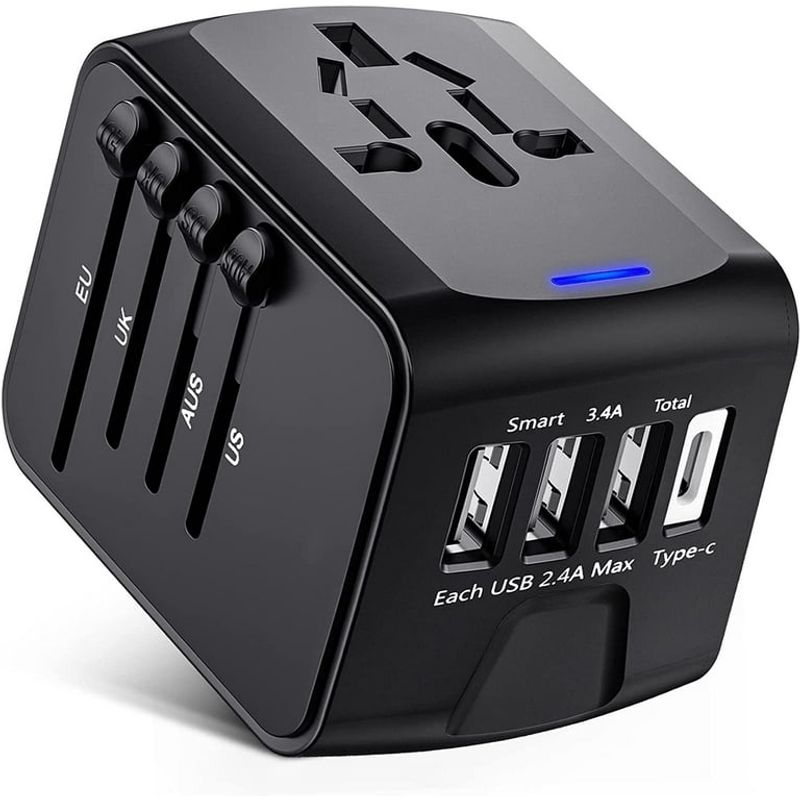
European outlets laugh at American plugs, leaving unprepared travelers with dead devices and mounting frustration. Type C and F plugs dominate the continent, operating at 220 volts instead of America’s standard 110.
Universal adapters solve multiple countries with one compact device. Quality models handle everything from phone chargers to laptop cables without breaking your budget.
Portable chargers become lifesavers during long sightseeing marathons. Nothing ruins perfect photo opportunities like a dead phone battery while exploring the Louvre or climbing the Eiffel Tower. Smart travelers pack backup power for those inevitable all-day adventures through Europe’s incredible cities.
8. Toiletries: Travel-Sized & Leak-Proof

European drugstores stock excellent toiletries, so skip bulky shampoo bottles that eat precious suitcase space. Focus on items that are hard to find abroad or essential for your daily routine.
Solid deodorant, toothpaste tabs, and quick-dry towels become game-changers for space-conscious packers. These alternatives work just as well while taking up minimal room.
Leak-proof containers prevent toiletry disasters that ruin entire suitcases. Double-bag liquids and choose solid alternatives whenever possible. Your clothes will stay clean, and you’ll have more room for those European souvenirs you’ll definitely want to bring home.
9. Medications & First Aid

European pharmacies operate differently than American drugstores, and some common medications simply aren’t available. Prescription bottles with original labels prevent customs complications and ensure continuous treatment.
Pack basic remedies for headaches, stomach issues, and minor injuries. European pharmacists can’t always recommend familiar brands or understand specific symptoms in English.
Surprisingly, popular American medicines like NyQuil don’t exist in many European countries. Bring enough over-the-counter medications to last your entire trip. A small first-aid kit with bandages and antiseptic handles minor scrapes from all that adventurous exploring.
10. Download Offline Maps & Important Docs
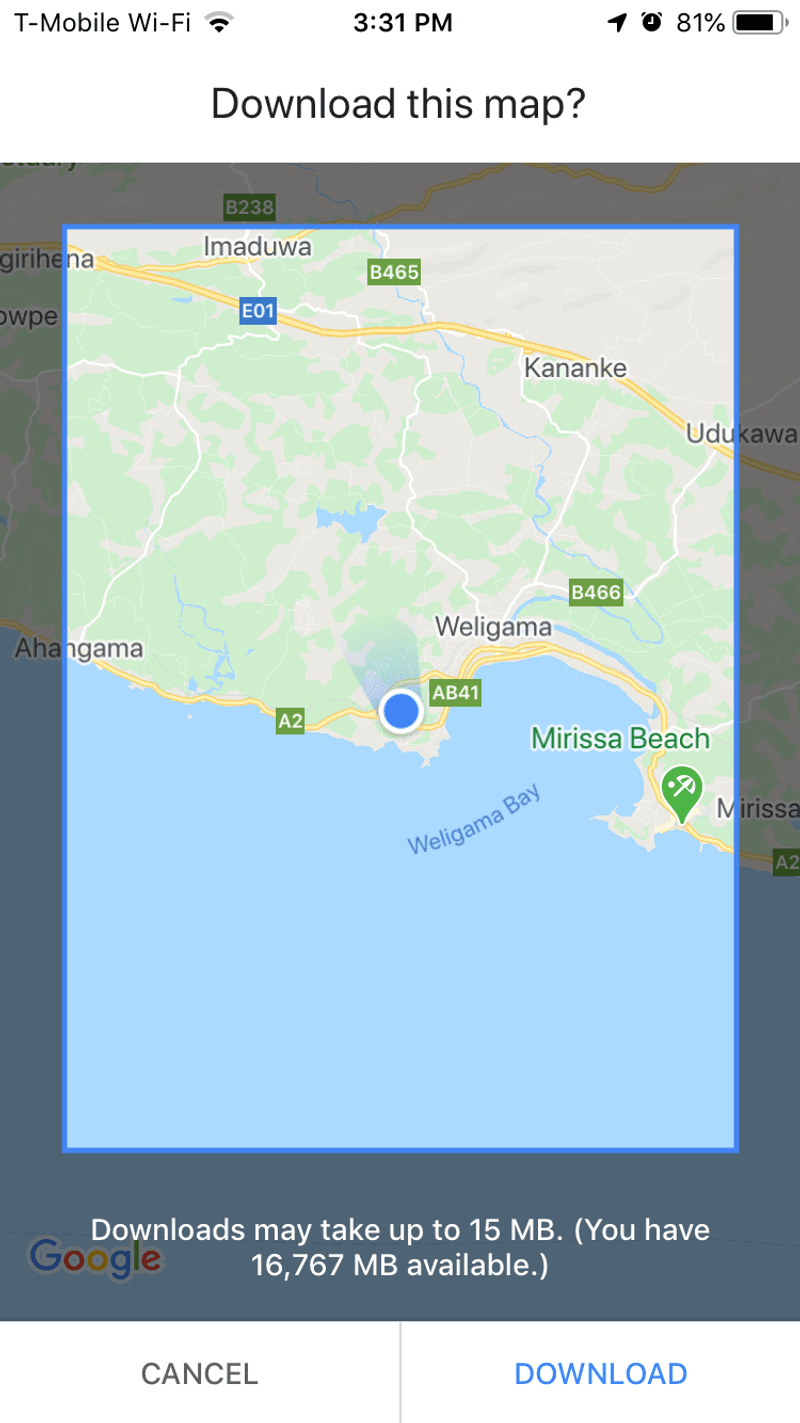
WiFi disappears at the worst possible moments, usually when you’re lost in winding Venice alleyways or searching for your Brussels hotel. Offline maps become digital lifesavers during connectivity crises.
Google Maps offline feature downloads entire city areas for navigation without internet. Digital copies of passports, tickets, and reservations provide backup access to crucial information.
Store everything in cloud services and phone storage for double protection. Email yourself important documents so they’re accessible anywhere with internet. Technology preparation prevents minor inconveniences from becoming major travel disasters when you’re thousands of miles from home.
11. Pack a Reusable Water Bottle
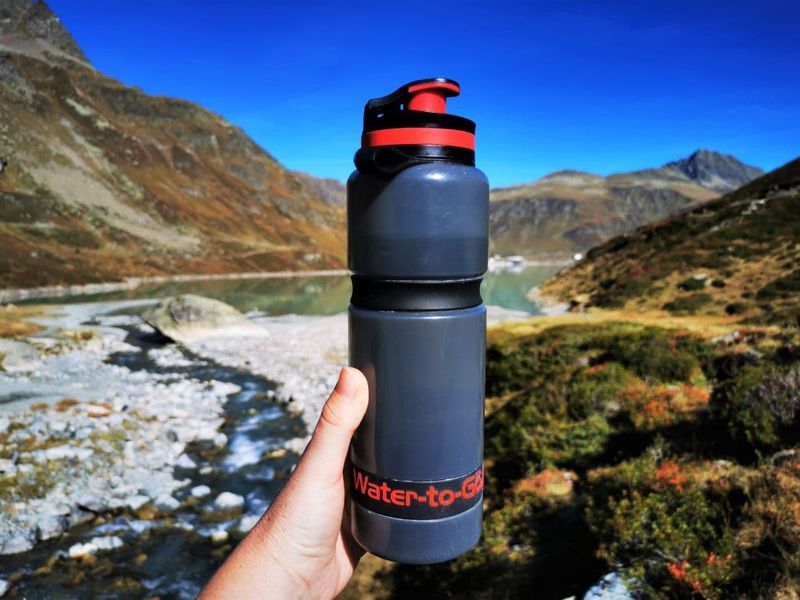
European cities embrace sustainability with countless free drinking fountains, especially in Italy where ancient aqueducts still provide fresh mountain water. Your reusable bottle saves money while reducing plastic waste.
Quality bottles withstand daily use and frequent refills during long sightseeing days. Insulated versions keep drinks cold during hot Mediterranean summers.
Staying hydrated becomes more affordable and environmentally friendly. European tap water meets high safety standards in most major cities. A good water bottle pays for itself within days while helping you maintain energy levels during those marathon museum visits and walking tours.
12. Bring a Foldable Tote Bag
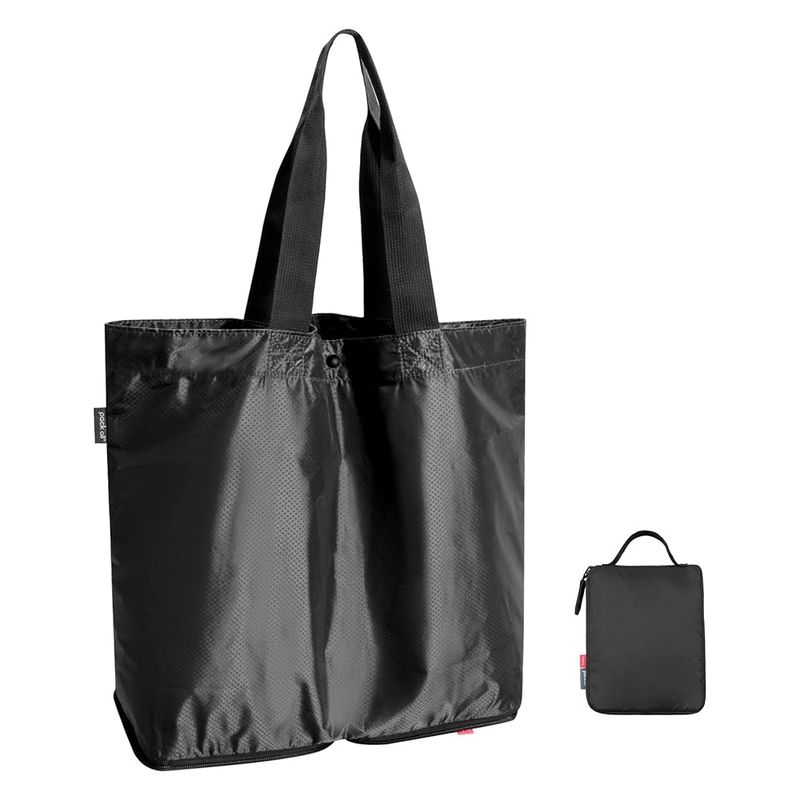
European shopping culture revolves around daily market visits and spontaneous souvenir discoveries. A lightweight tote bag transforms from compact necessity to spacious carrier within seconds.
Grocery shopping, beach days, and unexpected purchases all benefit from extra carrying capacity. Many European stores charge for plastic bags, making your tote both economical and ecological.
Choose durable materials that withstand heavy loads and frequent use. The best totes fold smaller than a paperback book but expand to hold surprising amounts. Your shoulders will appreciate distributing weight across multiple bags during those inevitable souvenir shopping sprees through European markets.
13. Avoid Overpacking “Just in Case” Items

Fear drives overpacking more than necessity, creating heavy suitcases filled with unused items. European cities offer excellent shopping for forgotten essentials, often at reasonable prices.
That extra jacket “just in case” usually stays packed while you struggle with overweight luggage fees. Trust that you can buy almost anything abroad, sometimes discovering better quality or unique alternatives.
Experienced travelers pack confidently, knowing that minor inconveniences beat major luggage hassles. European pharmacies, clothing stores, and markets stock everything you might need. Focus on truly essential items and embrace the adventure of discovering local products during your travels.
14. Wear Your Bulkiest Items on the Plane

Airlines charge by suitcase weight, not passenger outfit weight, creating opportunities for strategic dressing. Heavy boots, thick jackets, and bulky jeans consume precious luggage space unnecessarily.
Wearing bulky items during flights maximizes suitcase capacity for other essentials. Layers work perfectly for airplane temperature fluctuations anyway.
Remove heavy items after takeoff if comfort becomes an issue. Window seats provide extra space for storing jackets and boots during long flights. This simple strategy often means the difference between staying under weight limits and paying expensive overweight fees at European airports.
15. Leave Room for Souvenirs

European markets, boutiques, and artisan shops will tempt you with irresistible treasures. Italian leather goods, French perfumes, and German Christmas ornaments demand suitcase space for the journey home.
Pack your suitcase only three-quarters full initially, reserving space for inevitable purchases. Foldable duffel bags provide emergency expansion when souvenir shopping exceeds expectations.
Experienced travelers plan for acquisition from day one. Weight limits apply to return flights too, so consider shipping larger items home. European postal services handle international shipping efficiently, sometimes more affordably than airline overweight fees. Smart planning lets you enjoy guilt-free shopping throughout your adventure.

